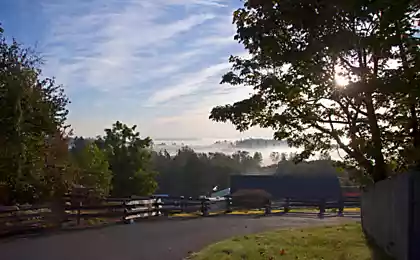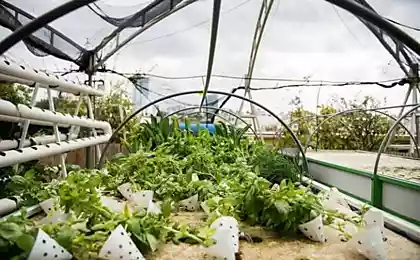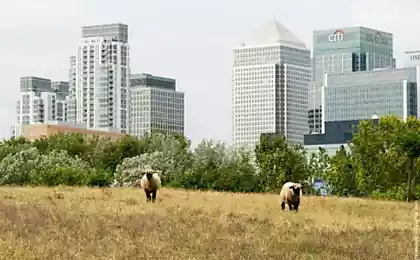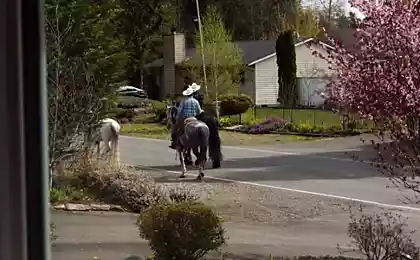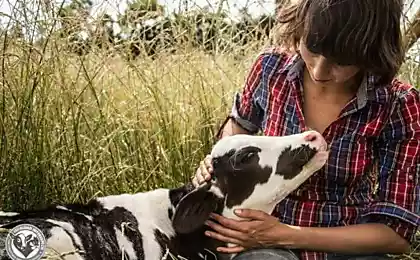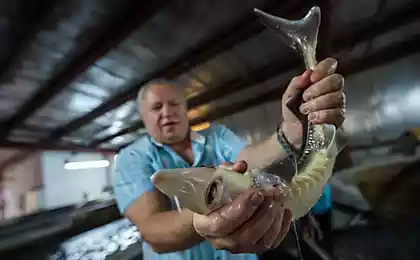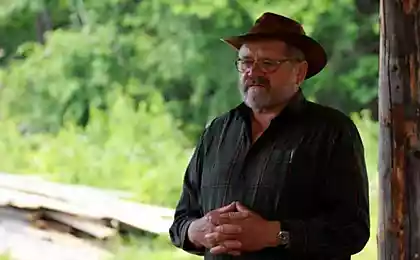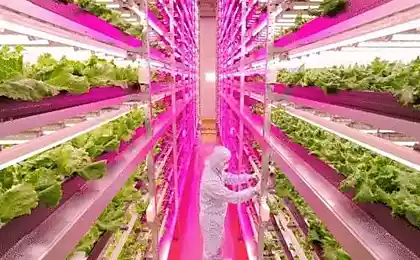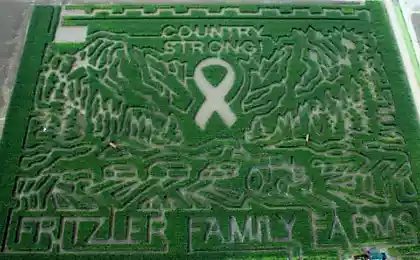275
How to make money on a permaculture farm
Examples of successful farms at different scales, working patterns and income composition with activities.

Paradise Lot/Food Forest Farm, USA A suburban farm. The plot is 4 hectare, 10 years of experience.
The garden contains more than 200 edible exotic plants growing in cold climates. Among them are 40 fruit names, 70 plants with edible leaves, as well as useful plants from around the world and local underutilized crops. The farm consists of a forest garden, a tropical crop garden, edible aquatic plants, poultry, a vegetarian with aquaponics (in development).
3-4 years after the appearance of the Forestry project, the authors began to sell surpluses of self-reproduction of the multi-year system ($ 10 per plant). 4 acres - enough space to create small nurseries for additional profit. The families of the two authors of the project receive 80% of their products during the season.
Income is divided as follows:
50% - nursery
20% - educational activities of farm owners
20% - consulting
5% - excursions
5% - sale of fresh vegetables, greens, fruits.
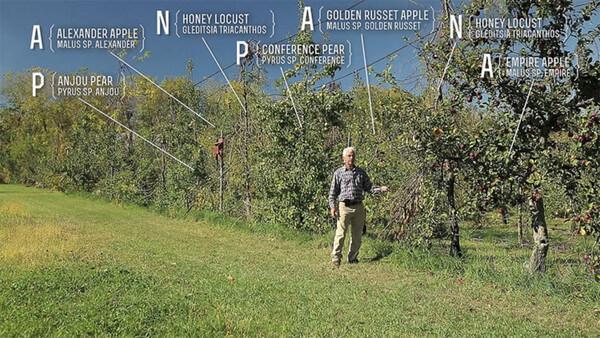
Whole Systems Design, USA. The plot is 4 hectares, 10 years of experience.
The farm is a series of ponds, nut and fruit groves on terraces with a number of natural rice basins, pastures and energy-efficient buildings. The idea of creating a model farm is an experiment to revive depleted grazing land. The site provides 80% of the necessary calories, fuel, building materials and other resources. Farming is a personal example of permaculture becoming a profitable business with good indicators of self-sufficiency and independence.
Farm income:
50% consulting in the field of landscape architecture (consultation, project development and construction)
30% - conducting seminars, courses on permaculture, selling books
10% - reduced living expenses (production for personal needs only)
8% - nursery (including the promotion of sea buckthorn)
2% - conducting excursions
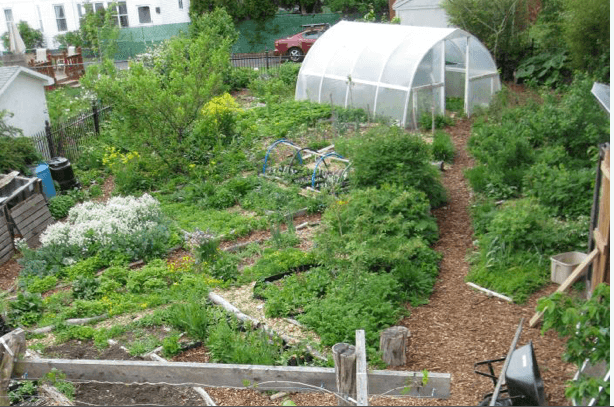
Miracle Farms, Canada. 5 ha farm with commercial permaculture garden, 22 years of experience.
The project was born as a monocultural garden (apples). The limitations of the organic model of farming prompted the authors to turn almost 2 hectares into a permaculture garden. It is a unique ecosystem that takes care of itself. The garden is created according to the NAP pattern: fruit and nitrogen-fixing trees are planted together, which increases yield and eliminates dependence on additional fertilizers.
In the garden there are 80 varieties of apples, several varieties of pears, cherries, plums, as well as many types of other vegetables and fruits. Crops are planted in rows so that the harvest time in one line falls on the “window” of 10 days. Between the aisles grows grass for grazing birds.
The farm uses a business model in which only those directly involved in the harvest can become buyers. This reduces labor costs and product packaging by up to 40%.
Miracle Farms also acts as a training platform: there are practical master classes on poultry breeding and processing, kennel management, permaculture design, as well as excursions.
Income:
70% - sale of products (from poultry meat, fruits and vegetables to dried fruits and herbs)
20% - educational activities
8% - Farm tours
2% - consultations
Food Forest, Australia. Permaculture farm with an educational center of 25 hectares, 25 years of experience.
A piece of bare land with low rainfall has turned into a permaculture farm, the products of which are enough for personal needs and community needs. There are 160 types of organic certified products – from honey and nuts to wheat, wood and tree seedlings.
Rainwater collection is organized on the farm, solar panels are installed to heat water and provide electricity. The emphasis in products on expensive perennial plants (nuts, carob fruits), grapes, olives and olive oil, as well as seedlings. Costs per worker are marginally reduced by WWOOF volunteers and short-term hiring.
Income:
50% sale of grown organic products and processing of products
47% - Seminars, courses, DVD sales
1-2% consultations
1-2% - sale of plants from the nursery
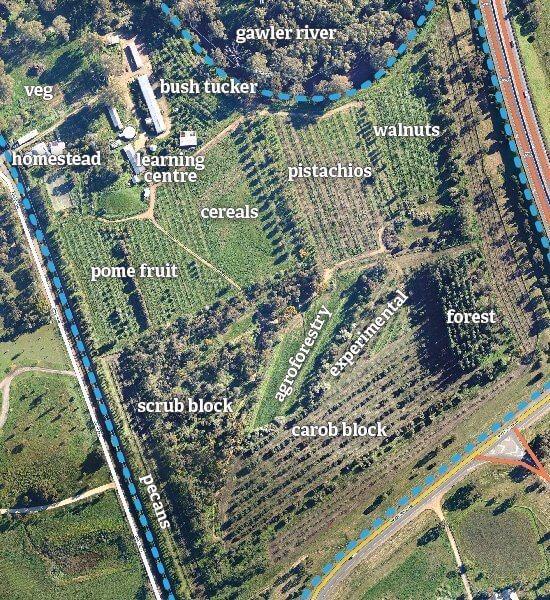
.
New Forest Farm, USA. 40 ha farm, 15 years of experience.
An example of a planned transition from a conventional farm to a commercial agricultural ecosystem based on meadows, rare oak plantings, low shrubs and native forests. The farm is built according to the system of agroforestry with alley plantings and grazing of animals on the undergrowth. Here grow perennial crops, mushrooms, cane, vine, trees and shrubs, fuel, cosmetics and medicines. There are about 250,000 trees on the plot. Emphasis on chestnuts, nuts, apples, cherries, pears, squash, cattle, pigs, sheep, poultry, as well as processing products. Solar and wind fully cover the farm’s energy needs, with equipment and transportation running only on locally produced biodiesel. Each form of production is a separate business that sells products/services to another (a separate firm for picking apples, a separate firm for processing into cider).
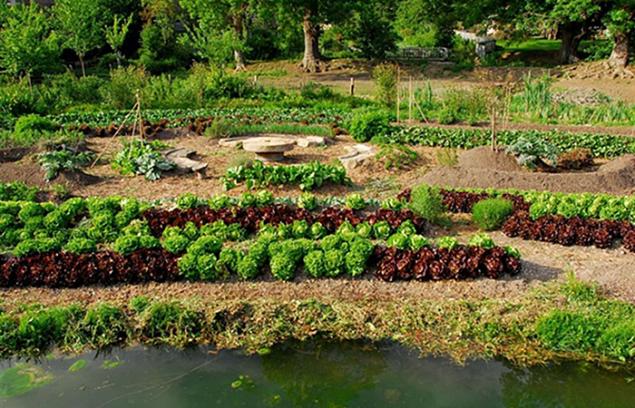
Income:
50% of sales of own products
20% - sale of nurseries of perennial crops
10% - range of services (consultations, processing of products, planting trees)
10% - Education and sale of books
5% - reduced costs of products for personal needs
5% - excursions
Summary
Owners expand the list of services and range to maintain the stability and interest of customers. Income balance, regardless of the economy, natural cycles and climatic conditions, is possible only with a variety of sources of crops.
10 years is the period required to build a financially sound farm. Long-term vision and short-term planning are important. The model plot is an excellent platform for educational activities, positioning and consulting work. published
What they don't say
Small business idea: Growing strawberries in bags
P.S. And remember, just changing our consumption – together we change the world!
Source: vk.com/ekoduh?w=wall-21293291_65074

Paradise Lot/Food Forest Farm, USA A suburban farm. The plot is 4 hectare, 10 years of experience.
The garden contains more than 200 edible exotic plants growing in cold climates. Among them are 40 fruit names, 70 plants with edible leaves, as well as useful plants from around the world and local underutilized crops. The farm consists of a forest garden, a tropical crop garden, edible aquatic plants, poultry, a vegetarian with aquaponics (in development).
3-4 years after the appearance of the Forestry project, the authors began to sell surpluses of self-reproduction of the multi-year system ($ 10 per plant). 4 acres - enough space to create small nurseries for additional profit. The families of the two authors of the project receive 80% of their products during the season.
Income is divided as follows:
50% - nursery
20% - educational activities of farm owners
20% - consulting
5% - excursions
5% - sale of fresh vegetables, greens, fruits.

Whole Systems Design, USA. The plot is 4 hectares, 10 years of experience.
The farm is a series of ponds, nut and fruit groves on terraces with a number of natural rice basins, pastures and energy-efficient buildings. The idea of creating a model farm is an experiment to revive depleted grazing land. The site provides 80% of the necessary calories, fuel, building materials and other resources. Farming is a personal example of permaculture becoming a profitable business with good indicators of self-sufficiency and independence.
Farm income:
50% consulting in the field of landscape architecture (consultation, project development and construction)
30% - conducting seminars, courses on permaculture, selling books
10% - reduced living expenses (production for personal needs only)
8% - nursery (including the promotion of sea buckthorn)
2% - conducting excursions

Miracle Farms, Canada. 5 ha farm with commercial permaculture garden, 22 years of experience.
The project was born as a monocultural garden (apples). The limitations of the organic model of farming prompted the authors to turn almost 2 hectares into a permaculture garden. It is a unique ecosystem that takes care of itself. The garden is created according to the NAP pattern: fruit and nitrogen-fixing trees are planted together, which increases yield and eliminates dependence on additional fertilizers.
In the garden there are 80 varieties of apples, several varieties of pears, cherries, plums, as well as many types of other vegetables and fruits. Crops are planted in rows so that the harvest time in one line falls on the “window” of 10 days. Between the aisles grows grass for grazing birds.
The farm uses a business model in which only those directly involved in the harvest can become buyers. This reduces labor costs and product packaging by up to 40%.
Miracle Farms also acts as a training platform: there are practical master classes on poultry breeding and processing, kennel management, permaculture design, as well as excursions.
Income:
70% - sale of products (from poultry meat, fruits and vegetables to dried fruits and herbs)
20% - educational activities
8% - Farm tours
2% - consultations
Food Forest, Australia. Permaculture farm with an educational center of 25 hectares, 25 years of experience.
A piece of bare land with low rainfall has turned into a permaculture farm, the products of which are enough for personal needs and community needs. There are 160 types of organic certified products – from honey and nuts to wheat, wood and tree seedlings.
Rainwater collection is organized on the farm, solar panels are installed to heat water and provide electricity. The emphasis in products on expensive perennial plants (nuts, carob fruits), grapes, olives and olive oil, as well as seedlings. Costs per worker are marginally reduced by WWOOF volunteers and short-term hiring.
Income:
50% sale of grown organic products and processing of products
47% - Seminars, courses, DVD sales
1-2% consultations
1-2% - sale of plants from the nursery

.
New Forest Farm, USA. 40 ha farm, 15 years of experience.
An example of a planned transition from a conventional farm to a commercial agricultural ecosystem based on meadows, rare oak plantings, low shrubs and native forests. The farm is built according to the system of agroforestry with alley plantings and grazing of animals on the undergrowth. Here grow perennial crops, mushrooms, cane, vine, trees and shrubs, fuel, cosmetics and medicines. There are about 250,000 trees on the plot. Emphasis on chestnuts, nuts, apples, cherries, pears, squash, cattle, pigs, sheep, poultry, as well as processing products. Solar and wind fully cover the farm’s energy needs, with equipment and transportation running only on locally produced biodiesel. Each form of production is a separate business that sells products/services to another (a separate firm for picking apples, a separate firm for processing into cider).

Income:
50% of sales of own products
20% - sale of nurseries of perennial crops
10% - range of services (consultations, processing of products, planting trees)
10% - Education and sale of books
5% - reduced costs of products for personal needs
5% - excursions
Summary
Owners expand the list of services and range to maintain the stability and interest of customers. Income balance, regardless of the economy, natural cycles and climatic conditions, is possible only with a variety of sources of crops.
10 years is the period required to build a financially sound farm. Long-term vision and short-term planning are important. The model plot is an excellent platform for educational activities, positioning and consulting work. published
What they don't say
Small business idea: Growing strawberries in bags
P.S. And remember, just changing our consumption – together we change the world!
Source: vk.com/ekoduh?w=wall-21293291_65074



